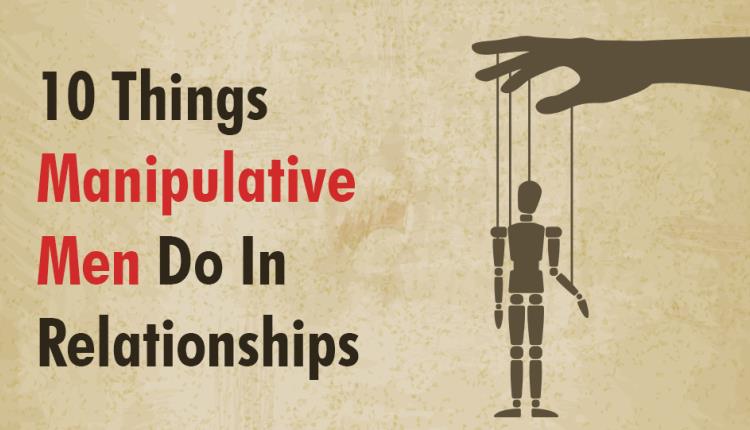In the complex tapestry of human interactions, manipulation often emerges as a dark art. While it’s a part of everyday social dynamics, understanding the strategies used by manipulative individuals can empower us to navigate these treacherous waters with greater awareness and resilience. This article aims to shed light on the subtle yet impactful tactics manipulators use to bend situations and people to their will.
1. Playing the Victim
The Art of Sympathy Seeking
Manipulative people often play the victim card. They portray themselves as wronged or suffering, eliciting sympathy and guilt in others. This tactic effectively shifts attention away from their actions and onto the supposed ‘injustices’ they face.
2. Gaslighting
Undermining Reality
Gaslighting is a psychological tactic where a person makes someone question their own reality or sanity. Manipulators use this technique to sow seeds of doubt, making their victims less confident and more dependent.
3. Emotional Blackmail
The Guilt Trap
Here, manipulators use close personal bonds to their advantage. They exploit emotional connections, threatening to harm these relationships if their demands aren’t met, creating a sense of obligation and guilt.
4. Passive-Aggressive Behavior
Indirect Aggression
This subtle form of manipulation involves expressing negative feelings indirectly rather than openly. By doing so, manipulators avoid direct confrontation while still exerting control through sly comments or actions.
5. The Silent Treatment
Control Through Silence
Refusing to communicate, manipulators use silence as a weapon. This tactic exerts control and can make the other party feel responsible, anxious, and desperate to restore communication.
6. Flattery and Excessive Compliments
Beneath the Charm
Manipulators often use flattery to disarm and gain the trust of their victims. While compliments are normal in social interactions, manipulators use them excessively to influence and control.
7. Isolation
Cutting Off Support Systems
By isolating their victims from friends, family, or colleagues, manipulators create a scenario where the victim becomes solely dependent on them, both emotionally and for information.
8. Twisting Facts
The Reality Distortion Field
Manipulative individuals excel at twisting facts to suit their narrative. They often reinterpret situations, distort truths, and omit key information to keep their victims off-balance.
9. Projecting Faults
Blame Shifting
In this tactic, manipulators project their own faults onto others. This not only diverts attention from their shortcomings but also makes the victim question their own behavior and character.
10. Using Confusion and Complexity
Muddying the Waters
Manipulators often use complex language, overwhelming details, and ambiguous statements to create confusion. In a state of uncertainty, victims are more susceptible to influence and control.
Conclusion
Recognizing these tactics is the first step towards safeguarding oneself against manipulation. It’s crucial to maintain a strong sense of self and rely on a support network of trusted individuals. Awareness, coupled with healthy boundaries, can serve as a powerful shield against the manipulative strategies detailed in this article. Remember, the key to dealing with manipulation is not just in identifying it, but also in understanding and asserting one’s own agency and worth.
